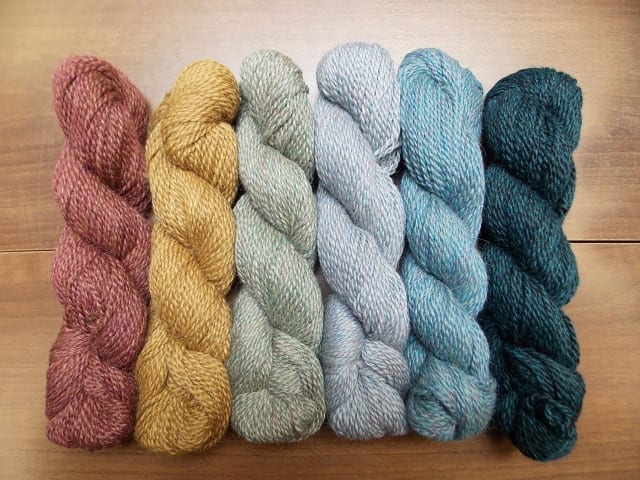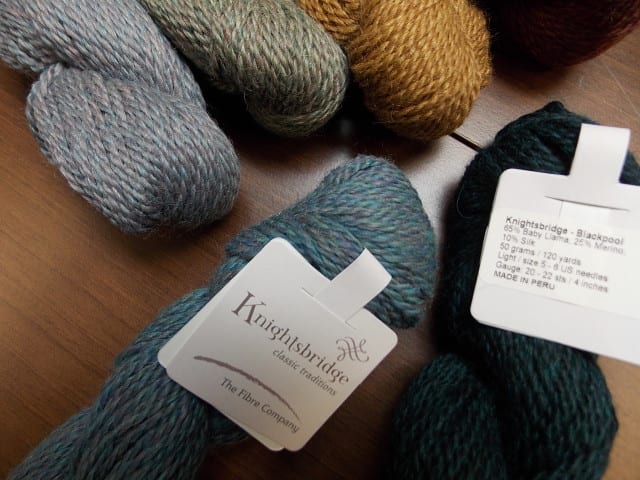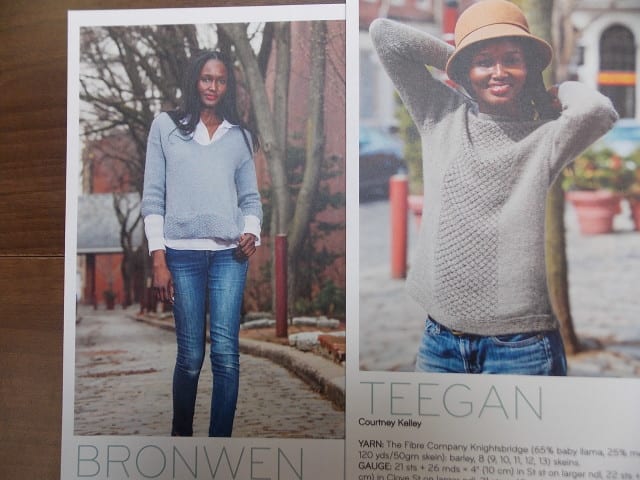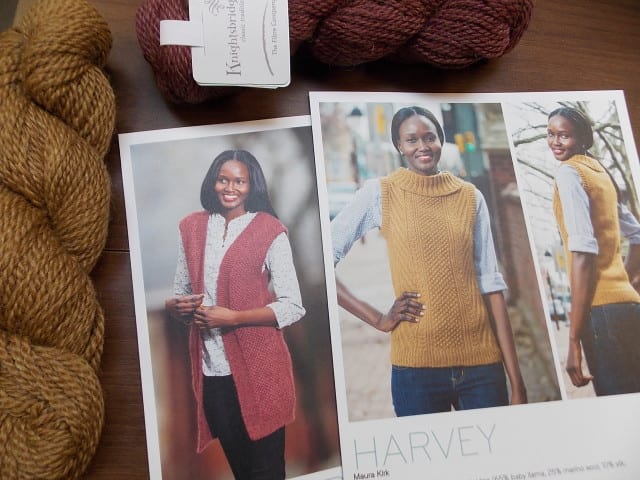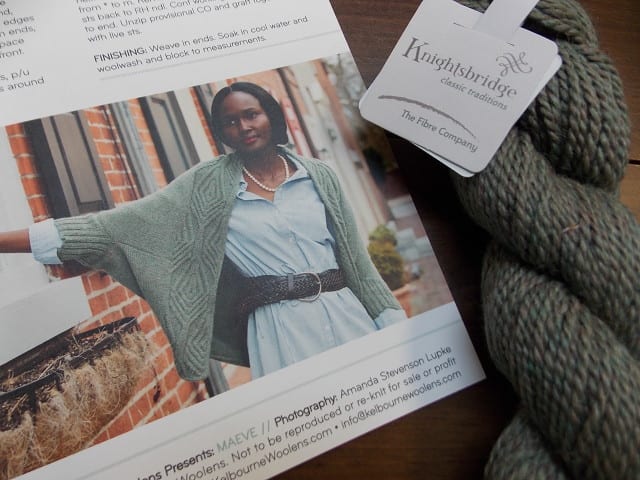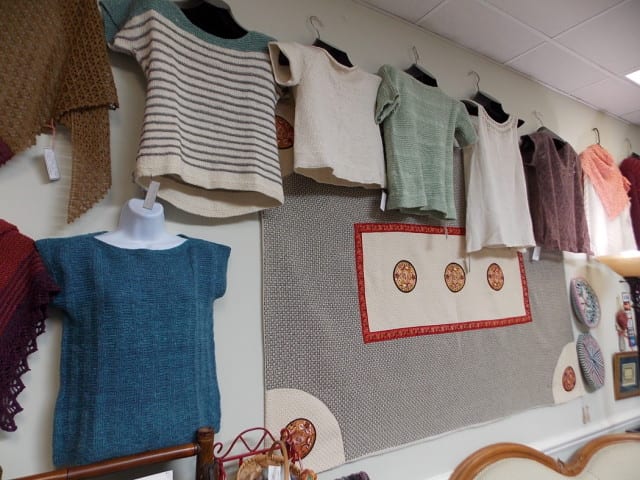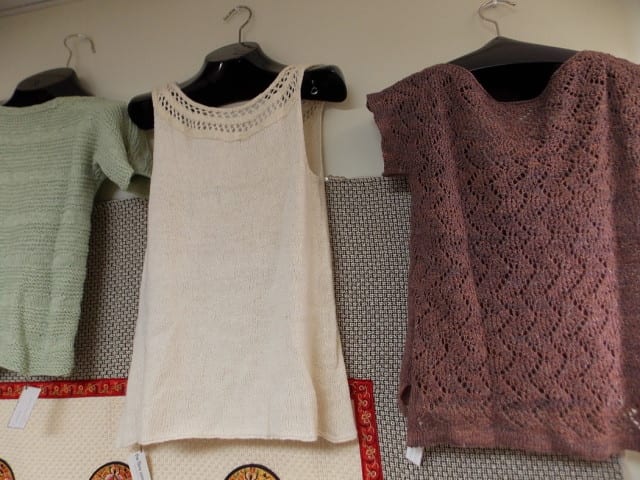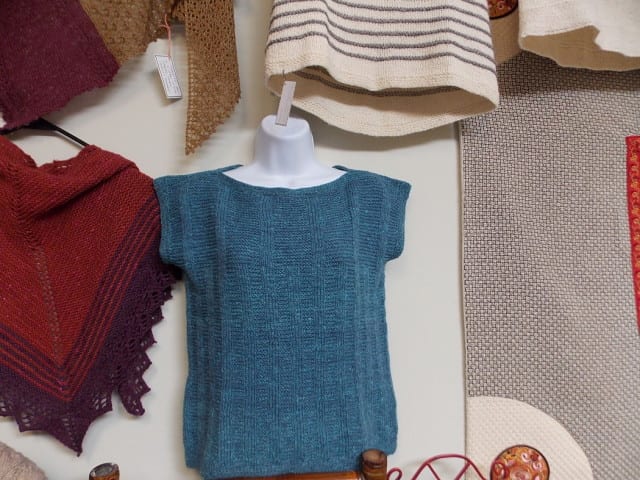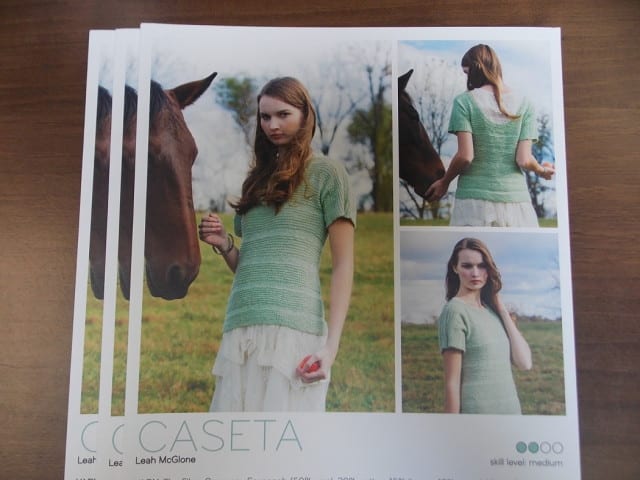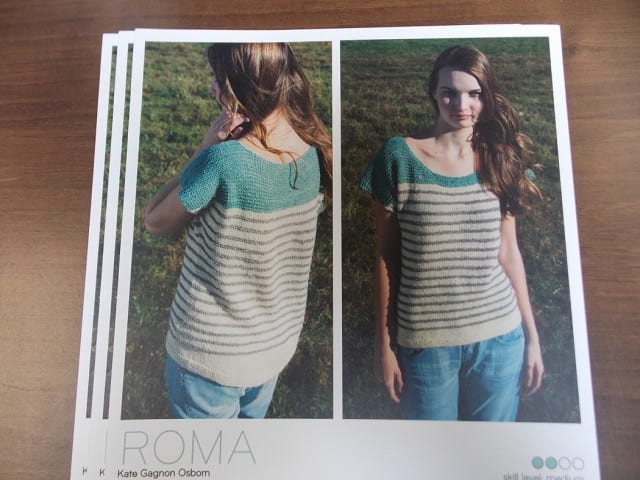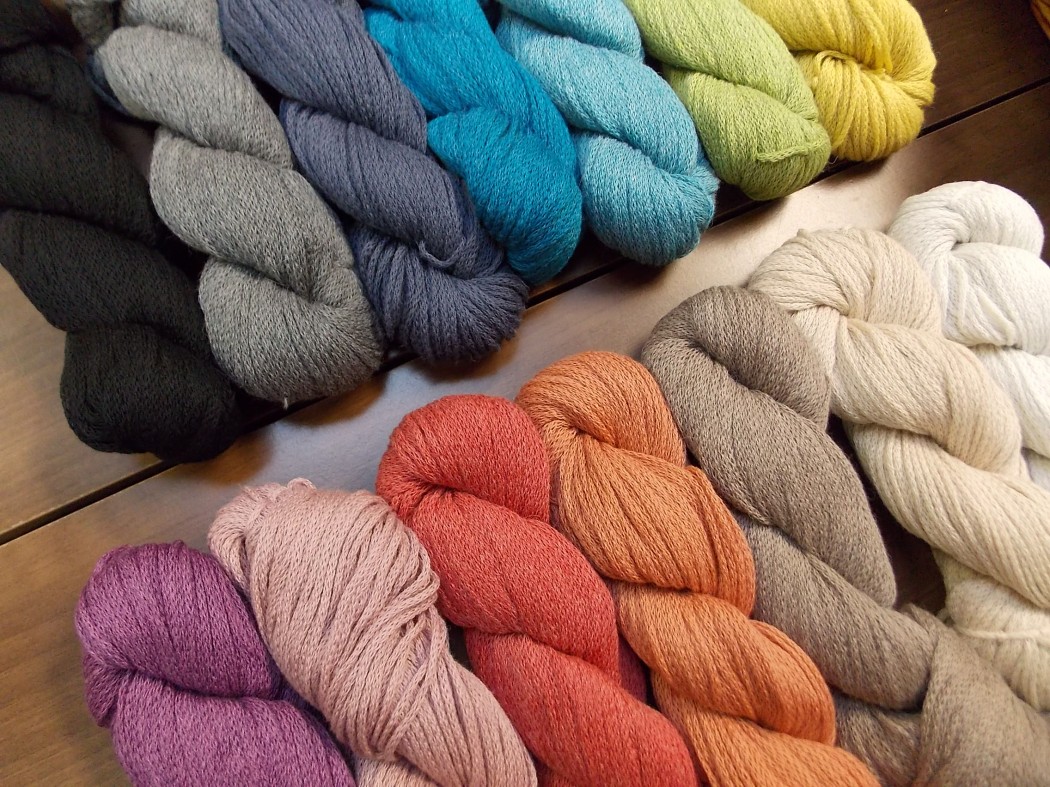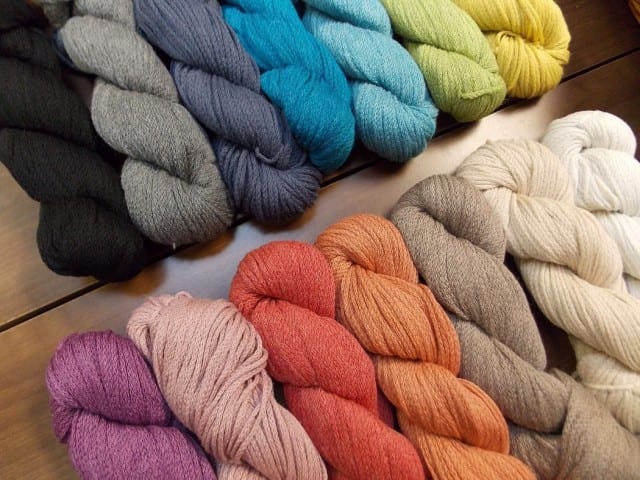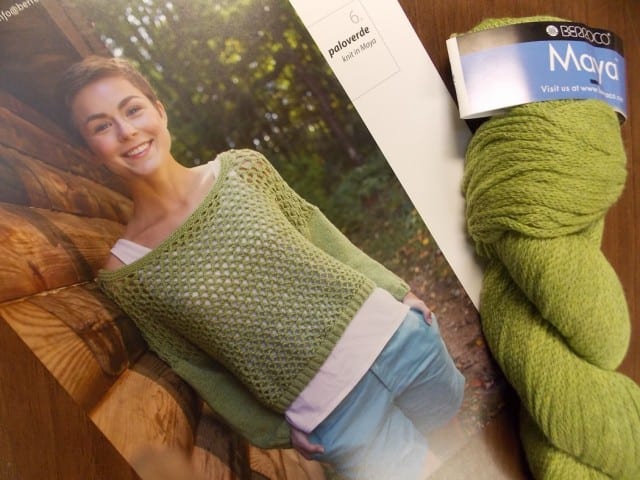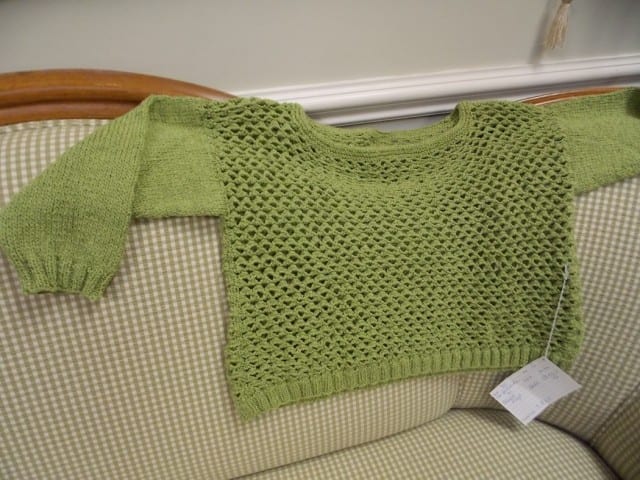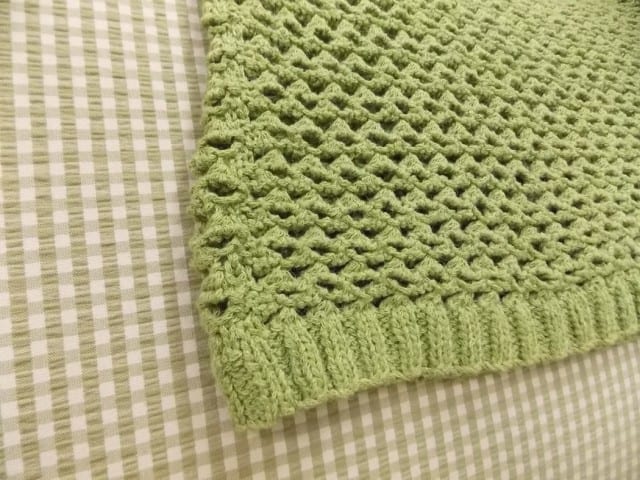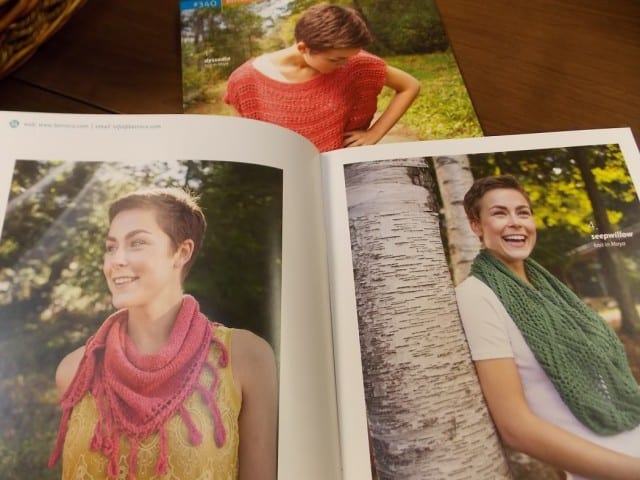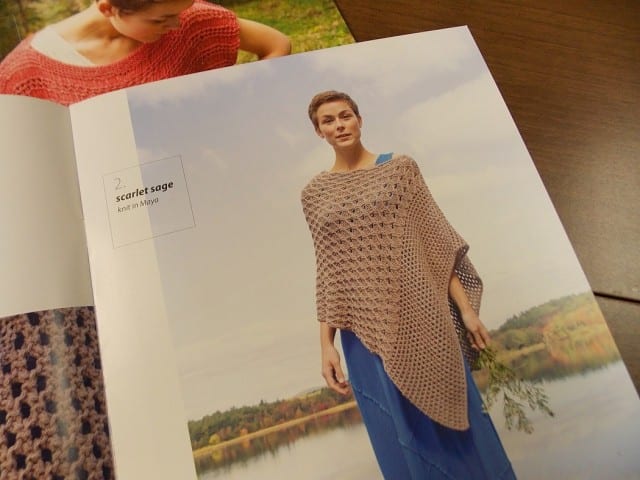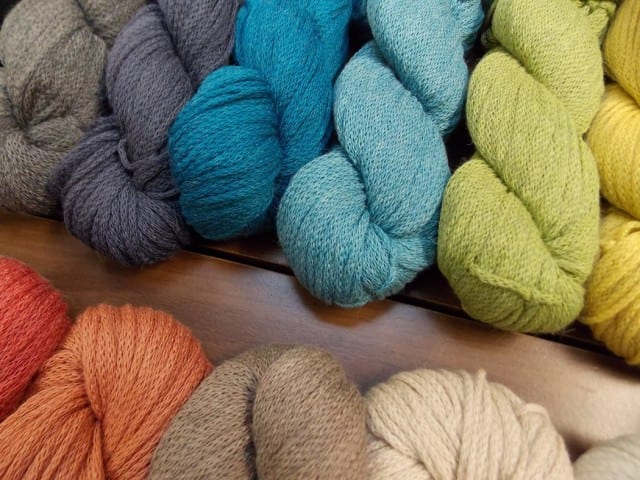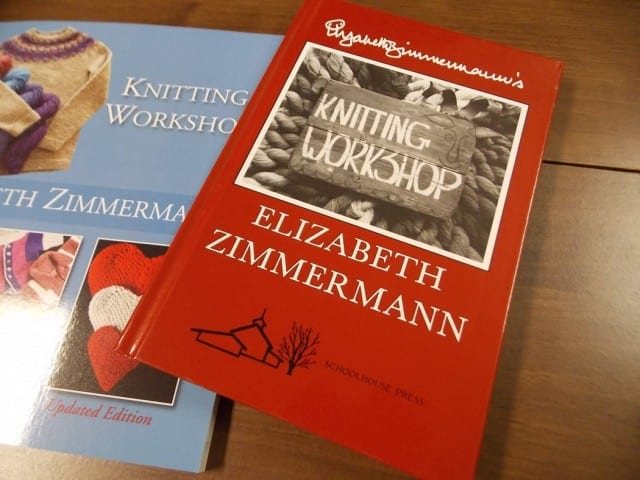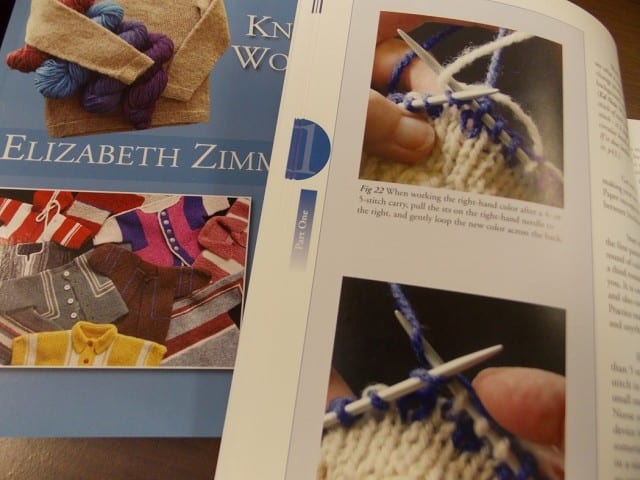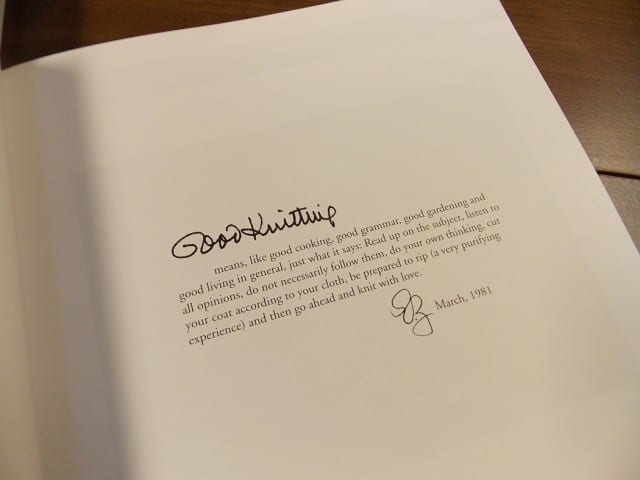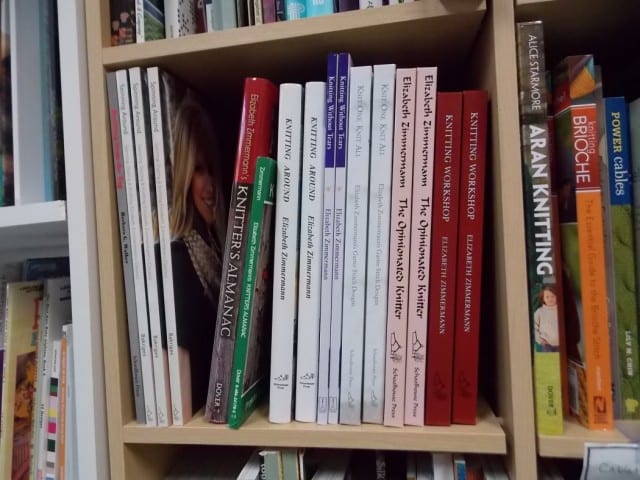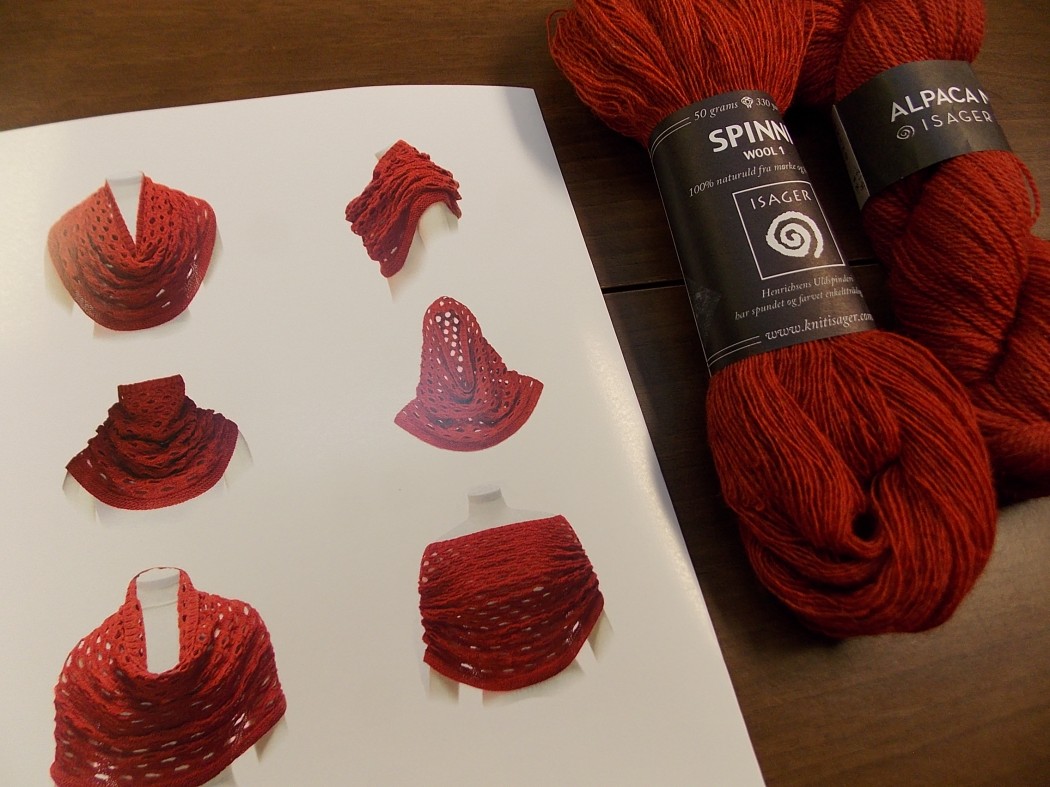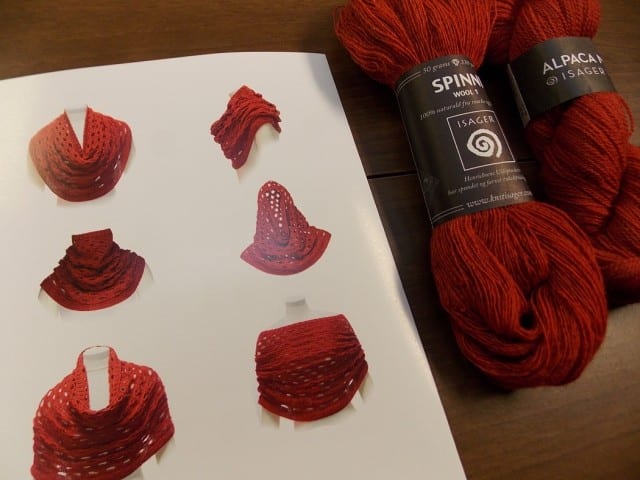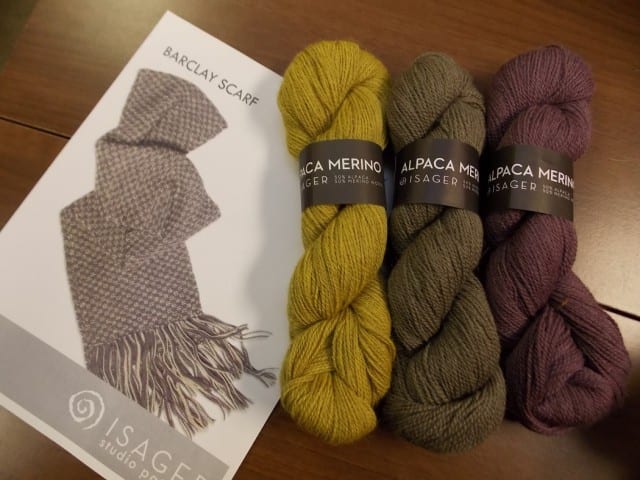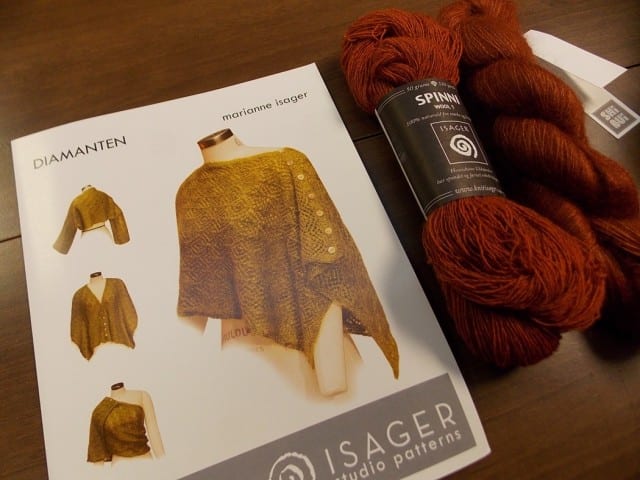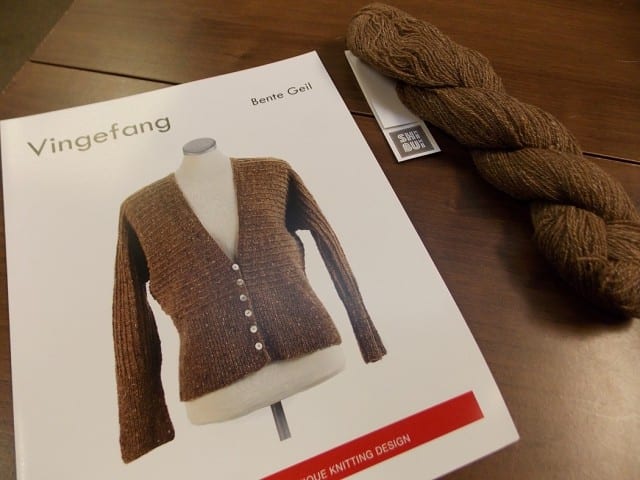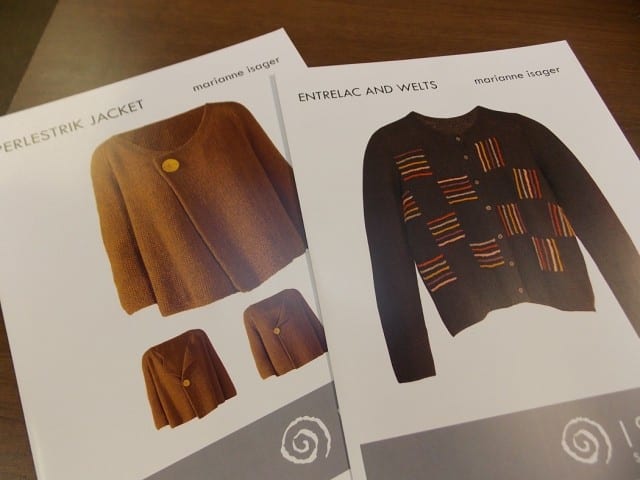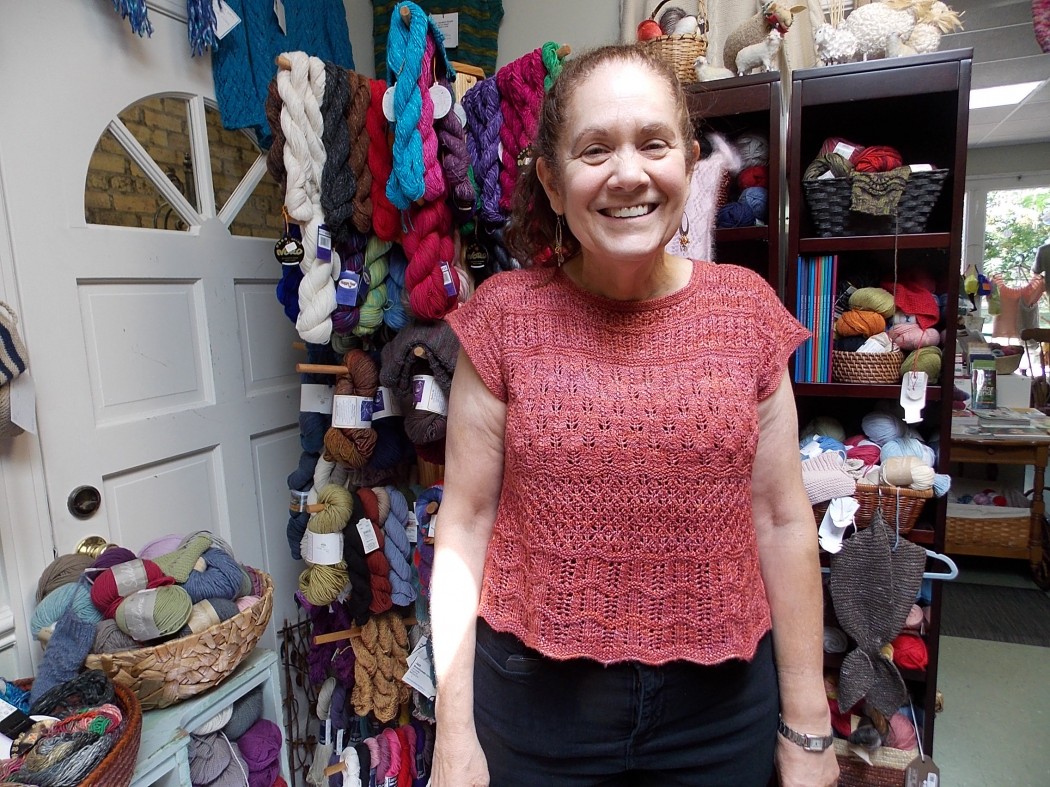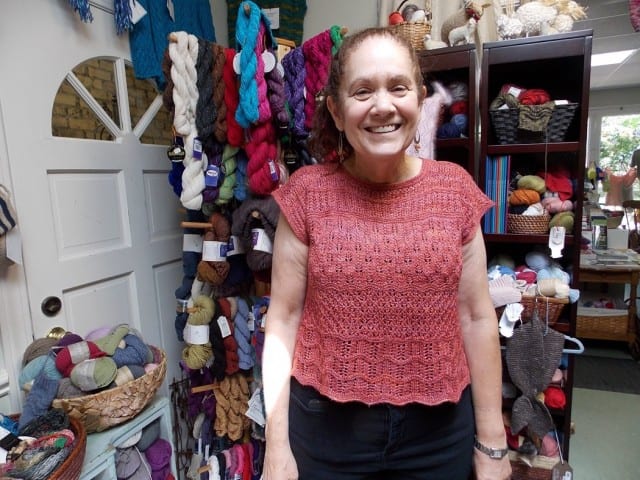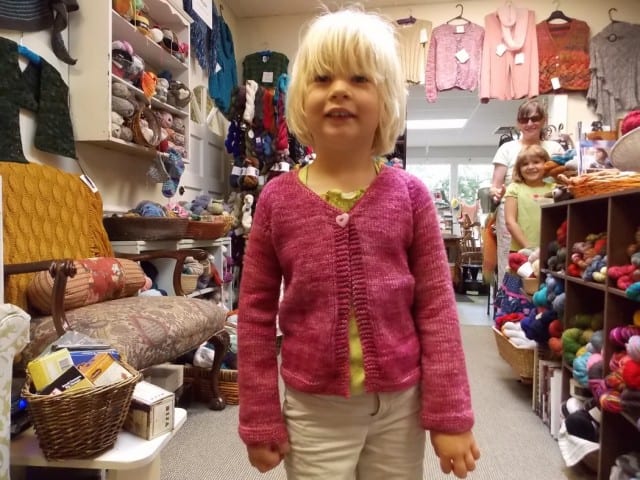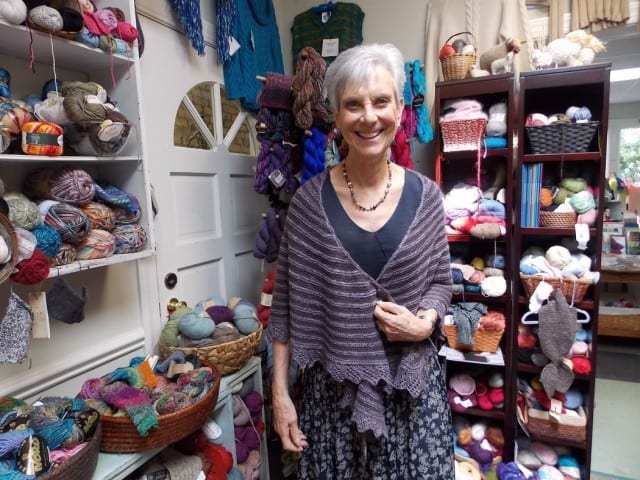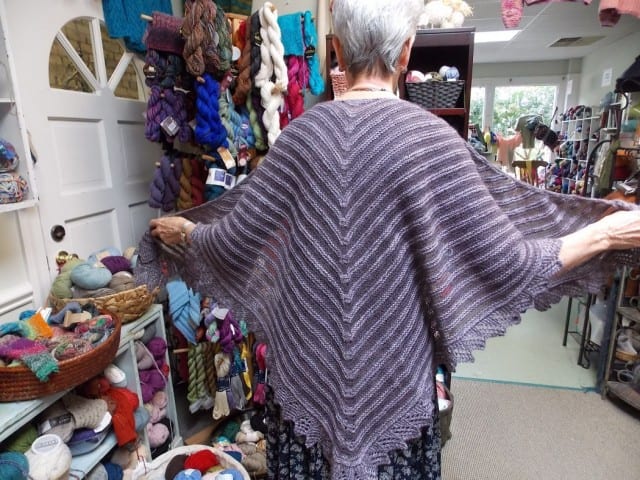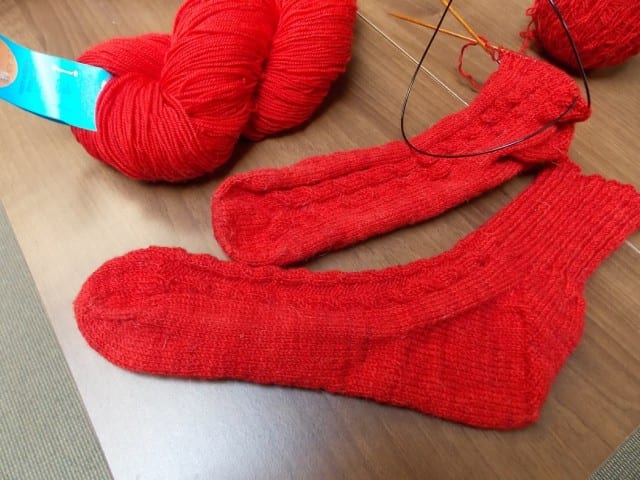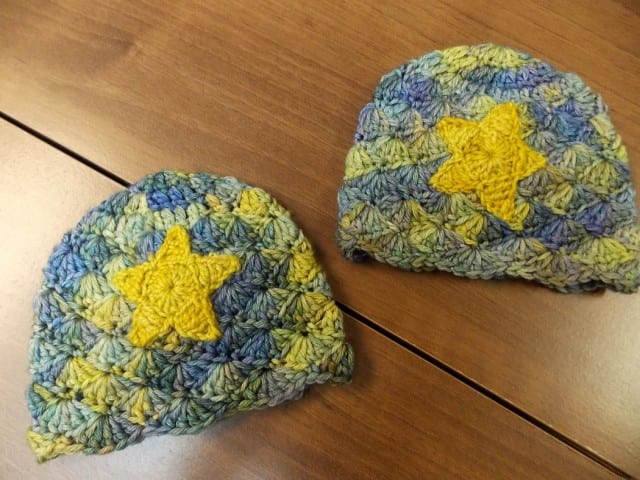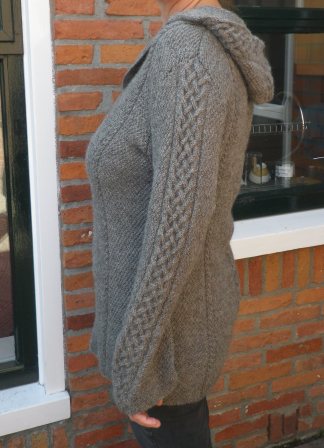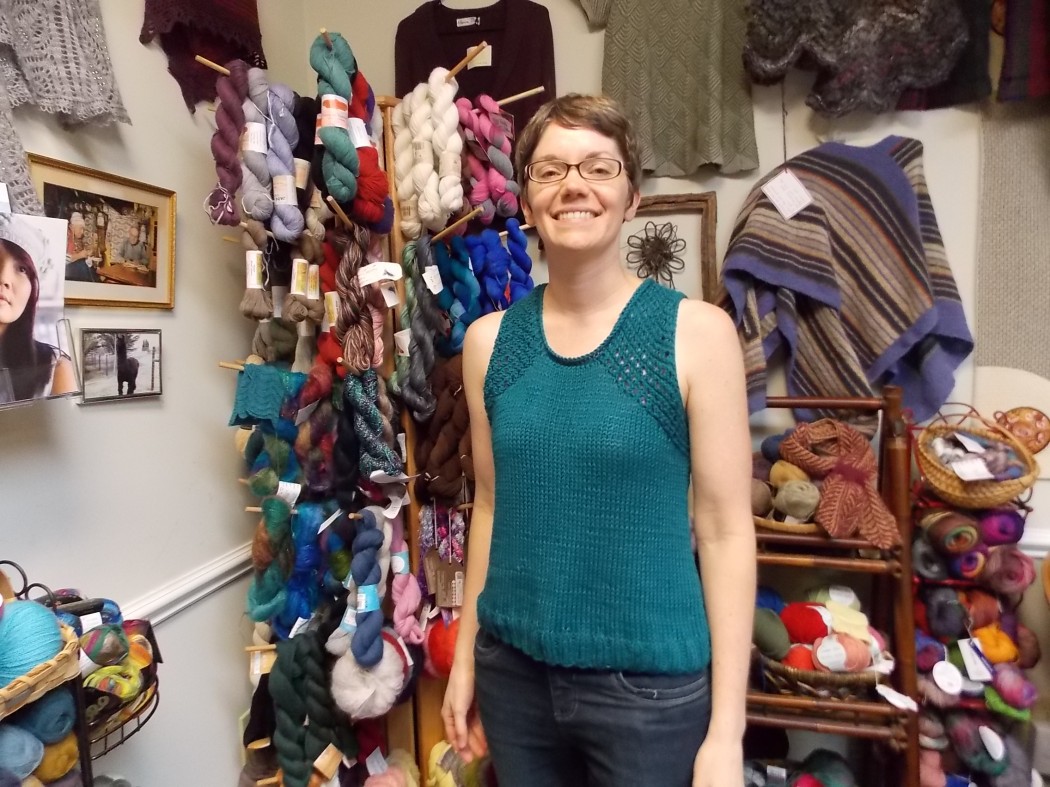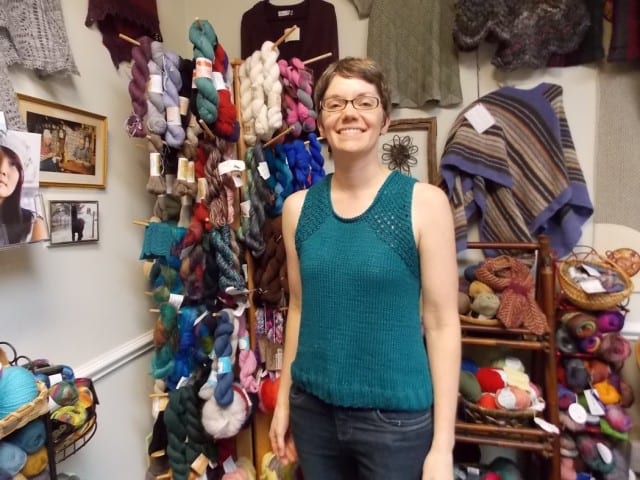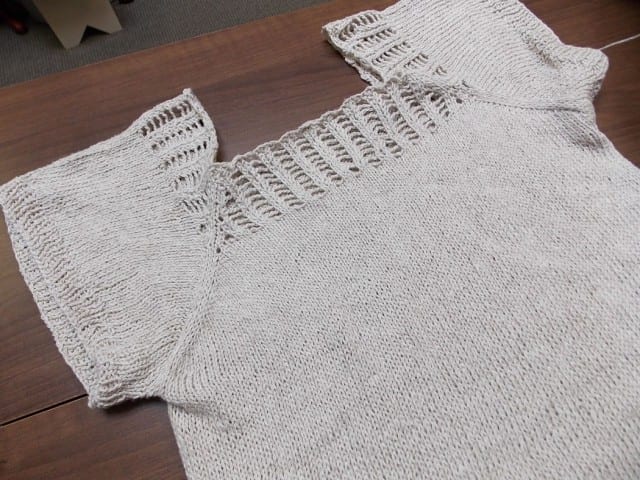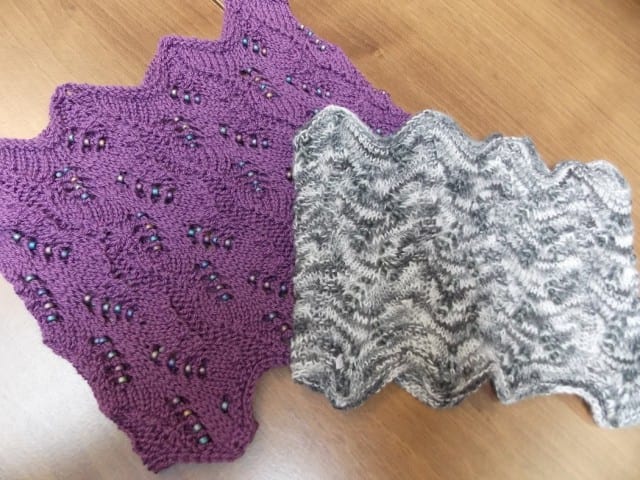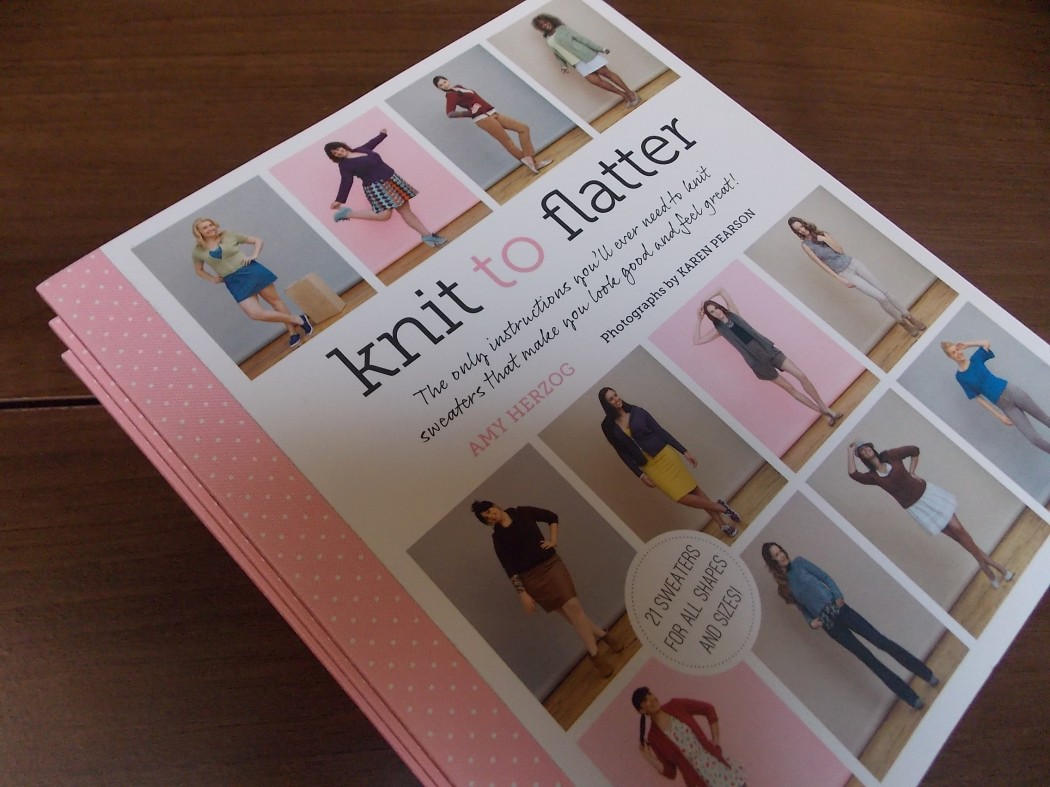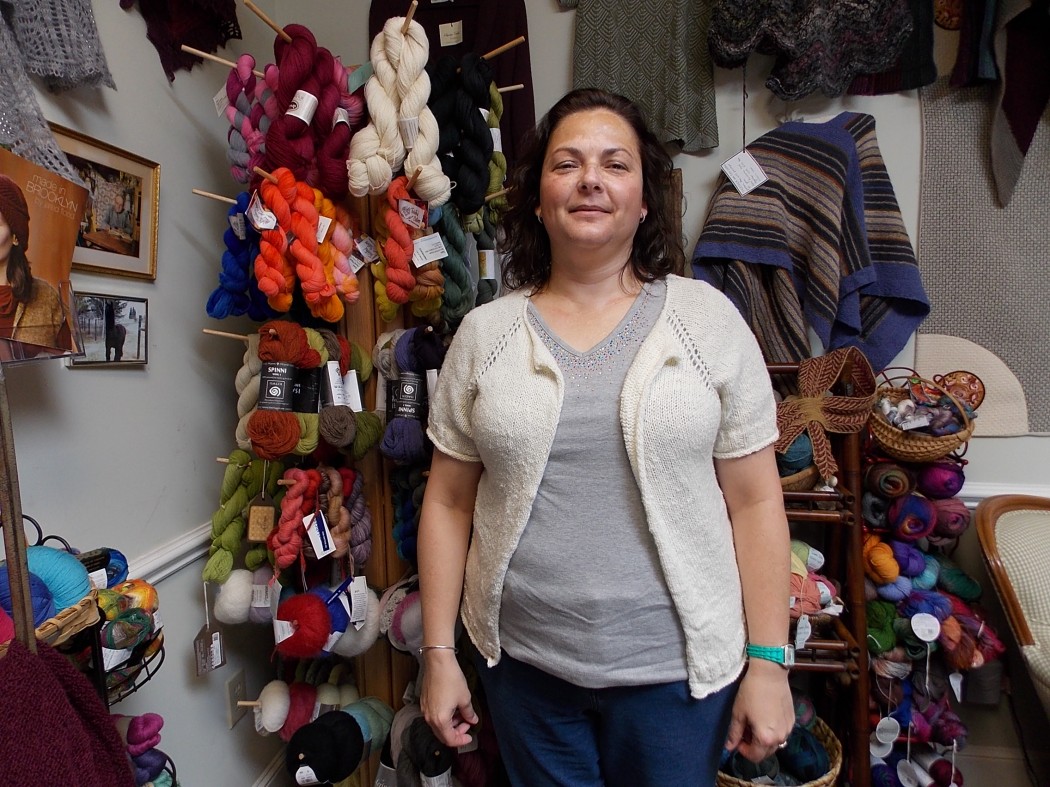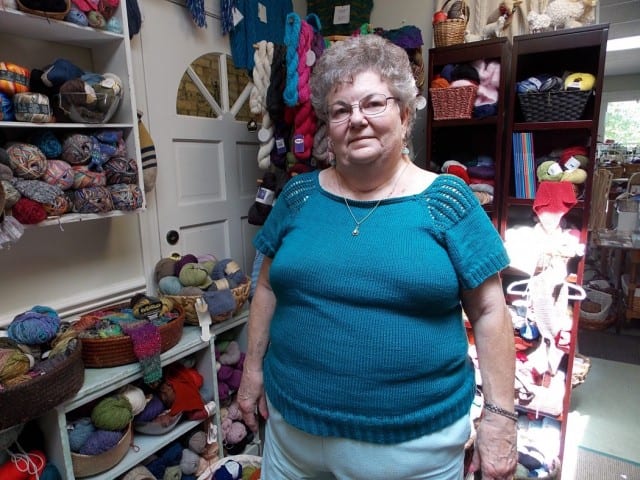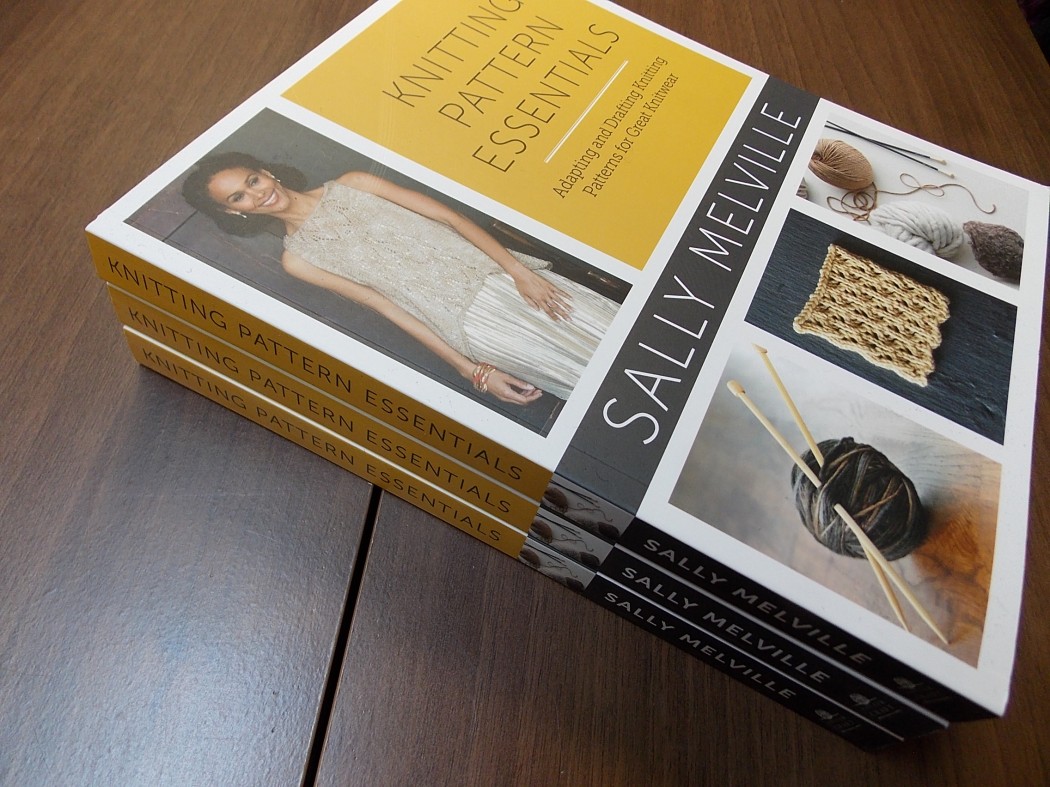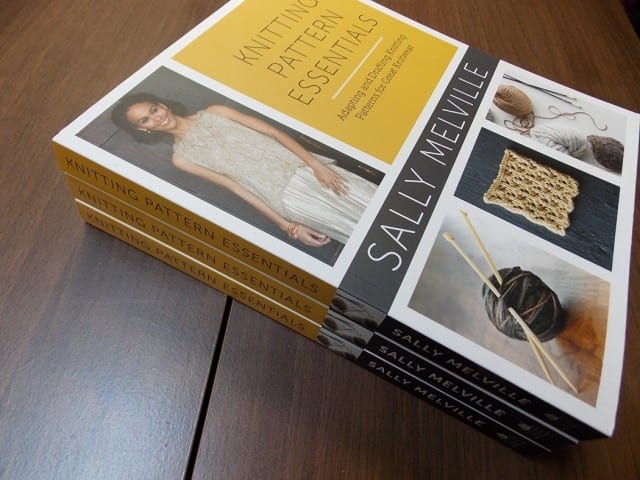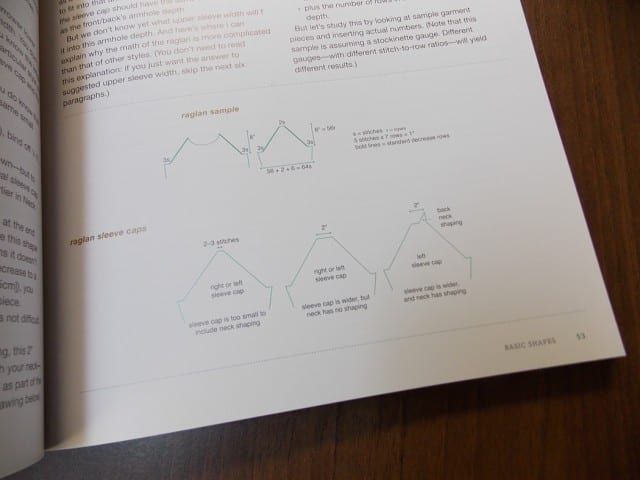After a few months on backorder, Amy Herzog’s Knit to Flatter has arrived at the shop.
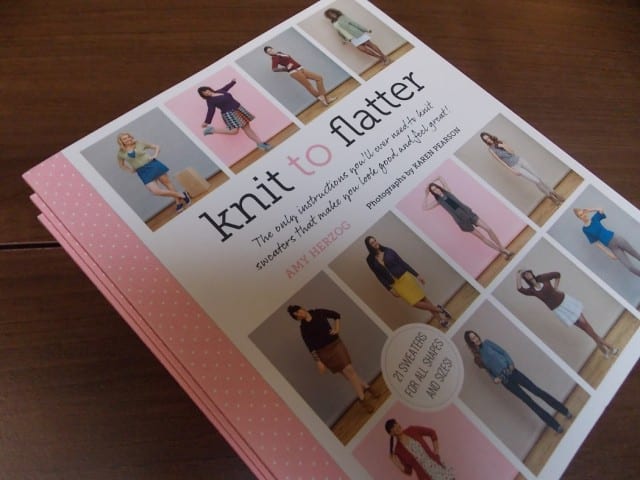
Knit to Flatter is a book about knitting sweaters that fit exactly how you want them to fit. Herzog begins by identifying different body types–top-heavy, bottom-heavy, and proportional–and offers patterns for each, along with a few suggestions about what shapes and design features flatter those body types and why.
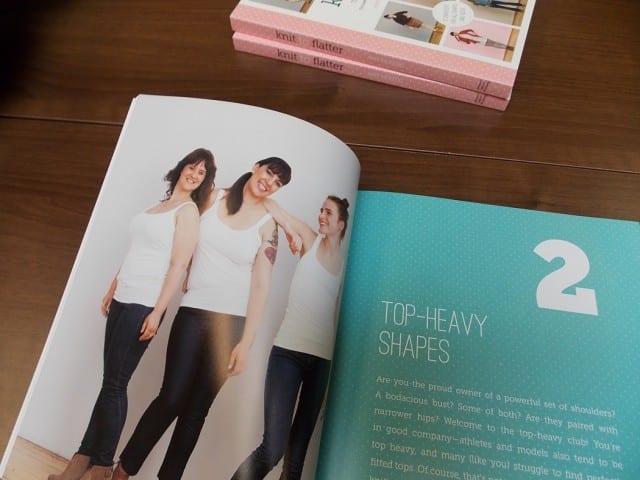
I appreciate that Herzog doesn’t give strict do’s and don’ts for different body shapes, but instead stresses that “beauty is in the eye of the wearer,” and that whatever shape, size, and type of sweater makes you feel great is exactly the sweater you should knit. Whether you know what those shapes, sizes, and types are, or whether you’re looking for figure-flattering suggestions, Knit to Flatter can be a helpful resource in creating sweaters you love to wear.
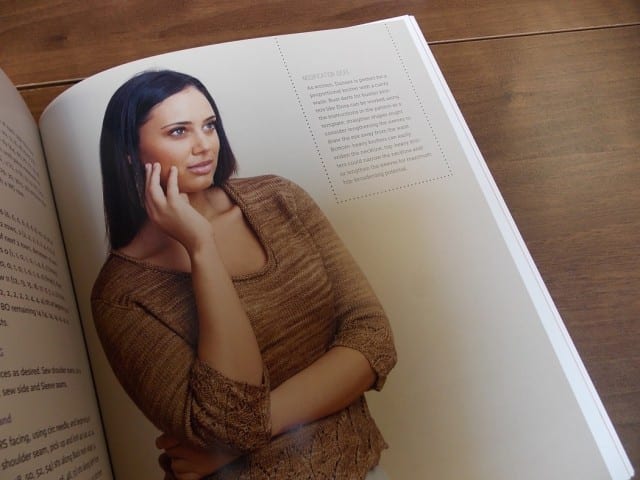
Before you start knitting, Herzog has you take your measurements, not only the usual bust, waist, and hip measurements, but also from hip to waist, from waist to underarm, neckline depth, and upper torso circumference, along with various sleeve lengths.
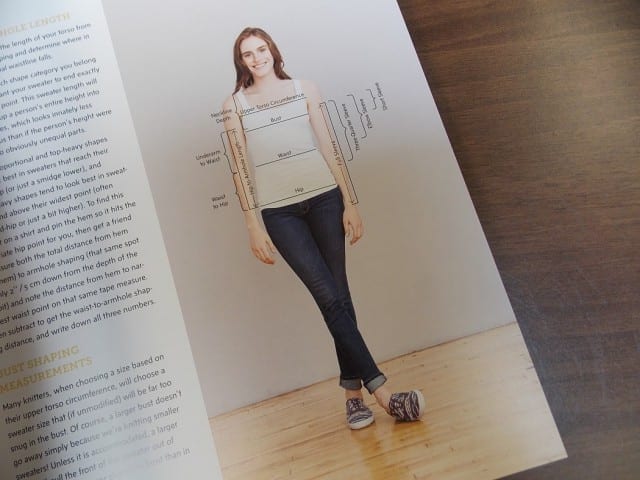
From there, she discusses positive and negative ease, and has you compare your own measurements against the measurements on the schematic of whatever pattern you’ve chosen. Where there are differences, you’ll want to make modifications to the pattern, and Chapter 6 covers that in depth. I found this table especially helpful; it lists various modifications along with how difficult they are and what other pieces of the sweater they affect.

I’ve been working on a sweater for a few weeks now using Herzog’s book as a guide in making modifications to the pattern. I was giddy at the thought of starting a new project, eager to cast on, but before I did, I sat down with my pattern, pencil and paper, measuring tape, and Knit to Flatter. I spent a few hours figuring out what modifications I wanted to make, how to make them, and made notes on the pattern where my own knitting would depart from the instructions. I lowered the neckline, shortened the body, which meant recalculating the waist shaping, and added bust darts. It was a little intimidating, but Knit to Flatter kept it from being overwhelming, and now that I’ve made all my changes to the pattern, I can sit back and knit. I’m looking forward to seeing how it all comes together.
Come by the shop to take a closer look at Amy Herzog’s Knit to Flatter, and get it at 15% off during our Annual Inventory Sale!


